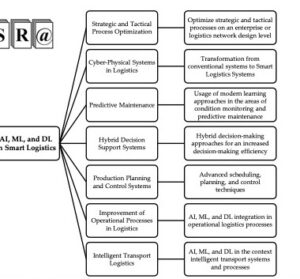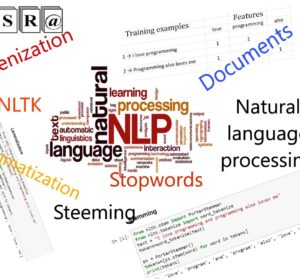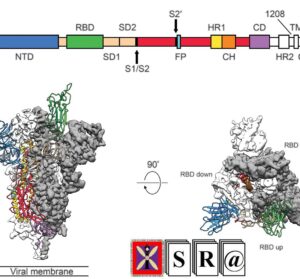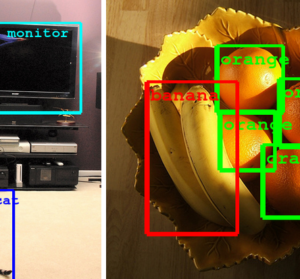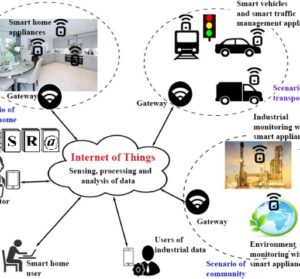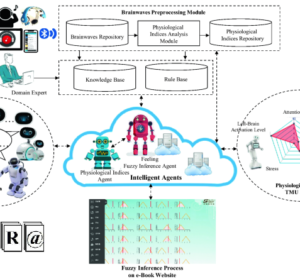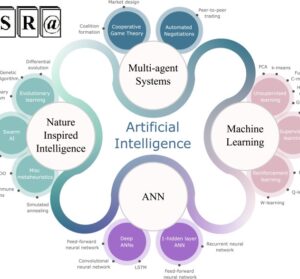Writing the achievement of research work in the form of a scientific paper is one of the most important parts of a research work. Doing research without writing down the results is a waste of time, energy and money. Now, after explaining the necessity of writing scientific papers, how can one choose the right subject for research? Follow this article from Ksra site to tell you the necessary guidelines for choosing the right nuances.
paper writing : Analytical article:
This style of essay is also known as theoretical essay. In this style, the author, through previous research sources, expresses a specific theory in the context of his work. The author may expand and develop previous theories, strengthen them through existing evidence, present them in a different way, or question and question them.
paper writing : research paper
.It is based on recent research and is also called a research report because it is based on research findings
paper writing: Collection article
This style of essay compiles and reflects multiple views on articles related to a particular topic and does not provide new work. And the difference with the analytical article is that it does not offer a new theory, and the difference with the review article is that it does not necessarily measure and select all the previous works.
paper writing: Review
This type of article analyzes, evaluates, and critiques writings that have been written and published in the past. The author of this type of article, through the integration, evaluation, categorization of previous articles and writings, clarifies and clarifies a specific issue and the progress and development of research.
Steps to paper writing
:To write an article, you need to go through a series of steps. Here are some steps
Step 1: Define your general and comprehensive topic
Finding the right topic according to the needs of the community is the most important issue at this stag.
Step 2: Investigate and analyze the issue in terms of value and feasibility
:By asking a few questions, you can evaluate an article and write it. Questions can be titled as follows
?How new and new is the subject and title of the article
? In what aspect and for whom is the subject of the article useful and practical
? Is it possible to prepare such an article
?What problems and difficulties may arise for writing this article
.If we can find the right answer to such questions, it will certainly be easier to write the article
Step 3: Initial planning and general structure development
Preparation of a preliminary list of required materials, preparation of the title of the main and sub-sections, attention and focus on the purpose and community of the audience, coordination and integration between the structure of the article and consultation with experts and experts
(Step 4: Set a timeline for paperwork (time management and control
Proper scheduling and step-by-step tasks are some of the things that make it possible to prepare and write an article in a predetermined time frame
Step 5: Search to find basic information resources
paper writing : Principles of writing a scientific article
.You need to follow some tips to write a scientific-research article and register it in reputable domestic journals or ISI
Scientific research is known as the right research method, and the research method is always more important than the research topic. If the best subject is not written in the right way, it will not have any scientific validity
Excerpts from a research paper
Part 1: Abstract
The first page is the title of the title, the name of the author or authors, abstracts and keywords. The title should be written in the first line. The title is usually written in Bold font and larger than the original text. You must write the author’s name in a footnote. Write the author’s e-mail address so that those interested and readers of the article can contact the author if possible
Abstract in 8 to 10 lines, which is usually in two paragraphs, should be a comprehensive look and a complete course of the article. Keywords are three to six main words used in the main article and are usually written in Italic
Part 2: Introduction
It is correct to write the introduction on one page. In the first paragraph, the first introduction should address the issue of research. In the second paragraph, we state the importance and value of the subject. In the third paragraph, we write our goals from this article. Finally, in the last paragraph, we explain to the readers what issues they will face in the article
paper writing: Research literature
In this section, based on previous studies, the definitions and concepts of the research are clearly stated. The second part of the research literature presents similar studies conducted in the past by other researchers. At present, in many articles, they do not pay attention to the research literature and only provide a clue to the research done in the past in the introductory section and suffice i.
paper writing – Part 3: Research Method
In this section, the type of research is introduced according to its purpose and nature. Data collection is called. Scientific research often uses field and library study methods to collect and compile information. Statistical communities and, if necessary, statistical samples are expressed. Hypotheses and questions are raised. The statistical tests used and the data analysis software are introduced
Part 4: Data Analysis
In this section, based on the obtained data and according to appropriate statistical methods, they analyze the data and test the related hypotheses. Statistical software such as SPSS is commonly used to increase the accuracy of computations. This analysis is the basis of a scientific study.
Part Five: Conclusion and Summary
Each article should have a concise and accurate summary of the research steps and achievements. Sometimes a summary is accompanied by a statement of limitations and suggestions for other researchers
Last page: Resources
At the end of the article, the sources used in the research should be written based on Persian and Latin sources, respectively. A standard method for writing a source is the APA method. The word stands for Latin American Psychological Association. According to this method, a part of the text is used to refer to the source (author’s name, year: page number) for example (Raviali, 1999: 70). The following is a list of resources
For the book: last name, first name (year), book name, place of publication: publisher
For the article: last name, first name (year), article name, journal name, journal number, page number
Attachments and descriptions
If necessary, statistical work, questionnaire or other explanations can be added as attachments to your article. This increases the scientific value of the article
About KSRA
The Kavian Scientific Research Association (KSRA) is a non-profit research organization to provide research / educational services in December 2013. The members of the community had formed a virtual group on the Viber social network. The core of the Kavian Scientific Association was formed with these members as founders. These individuals, led by Professor Siavosh Kaviani, decided to launch a scientific / research association with an emphasis on education.
KSRA research association, as a non-profit research firm, is committed to providing research services in the field of knowledge. The main beneficiaries of this association are public or private knowledge-based companies, students, researchers, researchers, professors, universities, and industrial and semi-industrial centers around the world.
Our main services Based on Education for all spectrums people in the world. We want to make an integration between researches and educations. We believe education is the main right of Human beings. So our services should be concentrated on inclusive education.
The KSRA team partners with local under-served communities around the world to improve the access to and quality of knowledge based on education, amplify and augment learning programs where they exist, and create new opportunities for e-learning where traditional education systems are lacking or non-existent.


